
The screenplay is the core element of a movie. It is the place where everything builds up on: the direction, the acting, even the post-production. While it is true that a good director can make a good movie out of a bad screenplay and a good actor can make a flat written character round, it is still important that those aspect are already visible within the script.
Fortunately, 2017 provided a great variety of well-written movie screenplay from all genres. For a screenplay to be good, it does not necessary have to tell an original story or invent the wheel of the genre anew, but rather tell the story in an interesting and creative way.
The following list contains the top 20 of the most well-written screenplays of 2017. While many of them are original, some are adapted from other sources. Also, some rather unknown movies of last year are included as they deserve to be mentioned among the well-known ones.
20. Good Time (Writ. By Josh Safdie and Ronald Bronstein)
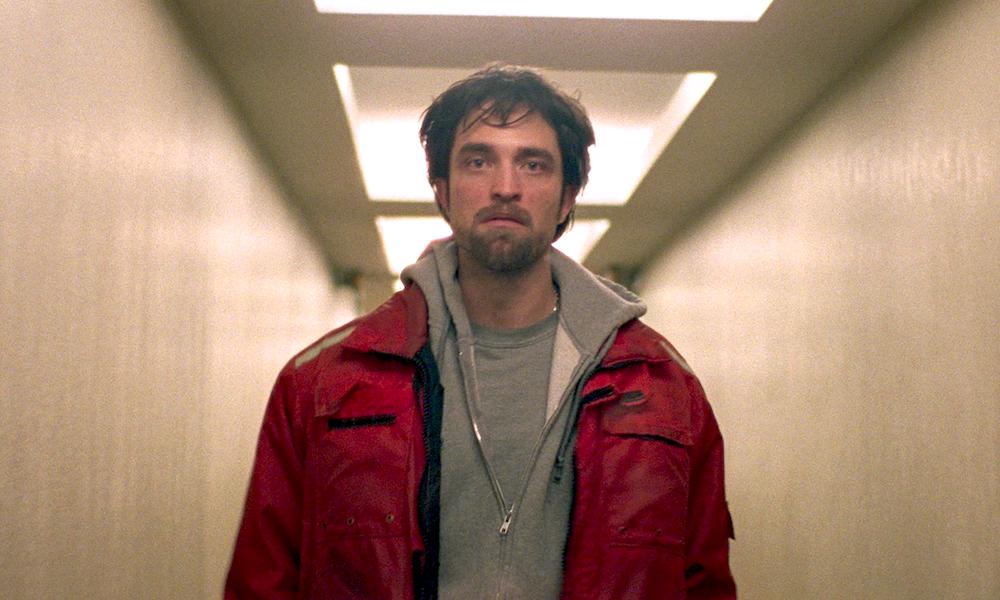
Let’s be clear on this: Good Time by the Safdie brothers most certainly is not a film to be watched for its writing. Clearly, it’s the psychedelic direction of two brothers that bring this film to life. However, it is questionable if the movie would have been the same with a not so focused screenplay, as the one that Safdie and co-writer Ronald Bronstein bring to life.
While their story is as simple as it gets, it is filled with creative details and small gestures that bring the urban New York at night to life. The character constellation between the Nikas brothers is, while they don´t have many scenes together, the constellation most explored in the movie. It does not need many scenes to illustrate the bound both share.
All the other characters in the movie only appear very temporarily. They appear out of nowhere and suddenly disappear without warning. Yet, we feel like we still got to know them and have an idea how they work as characters.
The best example would be Crystal, the young girl that helps Connie on his journey. Safdie and Bronstein write the encounter with her and her below working-class family in a way that we get to know her lifestyle and her attitude, and are not surprised when she becomes infatuated with Connie.
Another one is Ray, the criminal that becomes Connie´s fellow in this night. The screenplay only takes a brief montage to introduce this character and make this montage of flashbacks feel not out of place in a movie, that moves as constantly forward as Good Time does.
19. The Wound (Writ. By John Trengove)
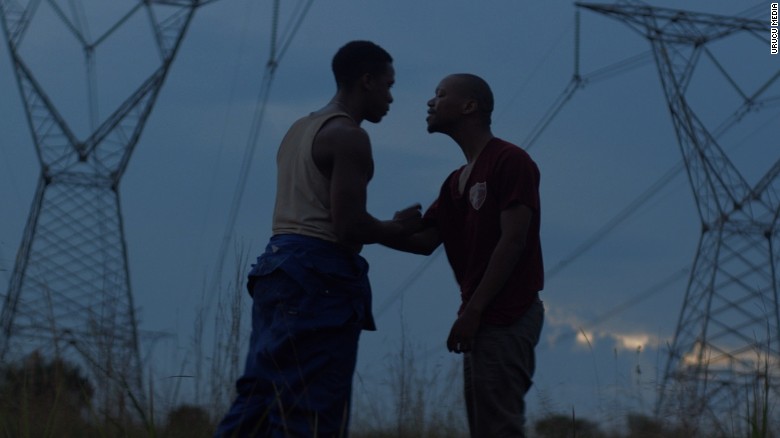
This little south African gem of a movie deserves to be discovered. Not only because of the widely unaddressed subject it deals with, but because the way it handles through writing. The Wound tells of an ancient initiation ritual that is still performed in various mountain regions in South Africa.
For young boys, who are the only participants of it, this ritual marks the beginning of manhood. John Trengove’s movie focuses on one of the boys who makes no secret of his homosexuality. One of the grown up helpers, who is secretly gay himself, becomes irritated by him and is confronted with his own masculinity and the idea of masculinity that he is supposed to represent.
This is a story in which the spoken word and the meaning of it differ from one another immensely. Trengove introduces two ways of dealing with identity and finally asks the right questions: What does a man have to be and what can he not be?
18. The Shape of Water (Writ. By Guillermo Del Toro and Vanessa Taylor)
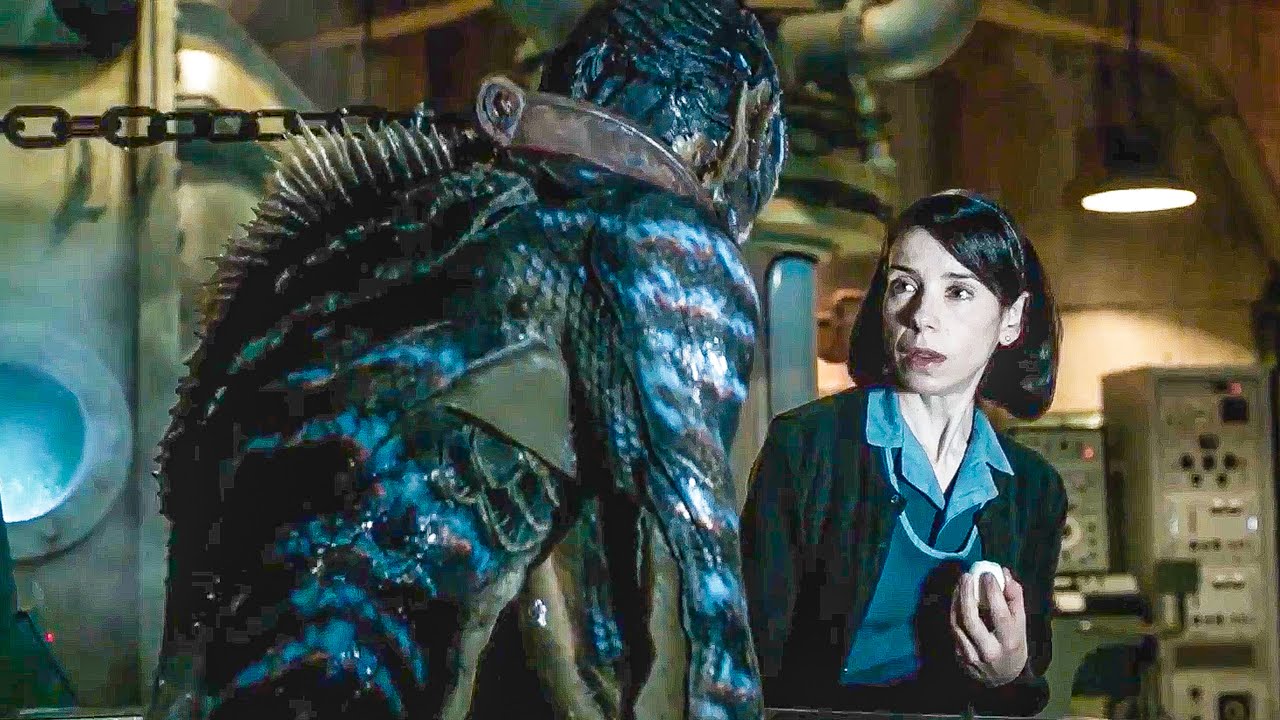
A movie in which a mute cleaning lady falls in love with a sea monster during the cold war only seems to work as a fairy tale. Guillermo Del Toro does not make a secret of this and introduces us to the movie with the soft words of Richard Jenkins that resemble the phrase “Once upon a time…”.
Years after Pan’s Labyrinth, Del Toro once again tries to capture a poisoned chapter of the past, trying to find the last bit of humanity and empathy in the darkest places. The same amount of love and creativity that was put in the production design of the movie also seemed to get into the movie’s screenplay.
What Del Toro and co-writer Vanessa Taylor are most focused on is the characters. The glimpse we get in the life of mute cleaning lady Eliza feels intimate and compelling right from the get go and her relationship with the mysterious sea monster is dealt with care.
While the movie provides some scenes of laughter, it takes this relationship seriously and makes us care for it, no matter how strange it might seem at first. In it, the movie expresses its central theme: the void inside the human heart, that we try to fill.
The same applies to the movie’s antagonist, security chief Strickland who also feels this void, but tries to fill it with consumerism and hatred on others. He is representative of a class of striving American patriots that ignored their humanity in favour of their land. How The Shape of Water tells us about history and the spirit of a passed time is another aspect that makes it so brilliant.
17. It Comes at Night (Writ. By Trey Edward Shults)
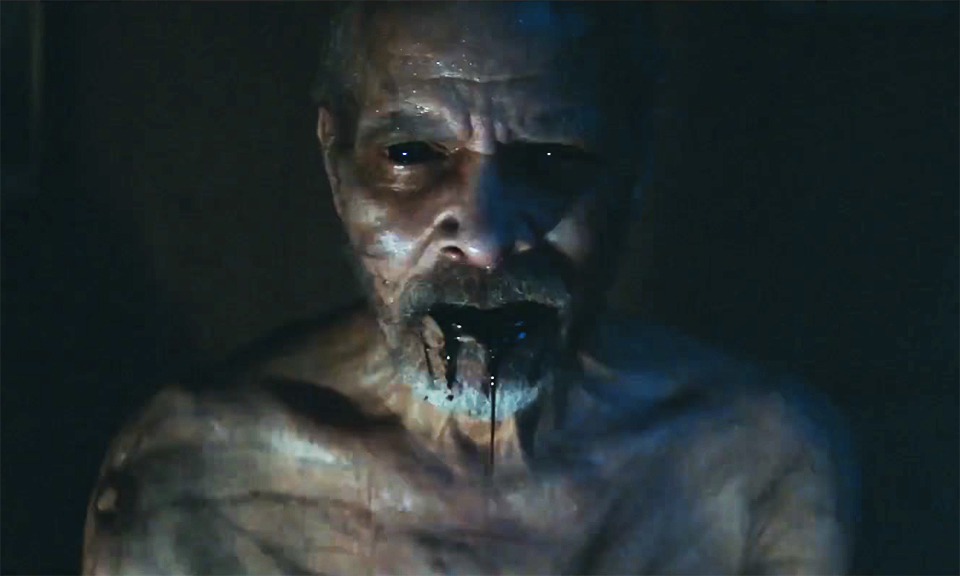
This work of paranoia horror is a classic example where the brilliance of the screenplay does not lie in what it tells you, but in what it does not tell you. It is too easy to blame the aversion many audience members have claimed against It Comes at Night on the misleading marketing. It more or less seems like simple dissatisfaction in how the story of the movie concludes in its last minutes was the reason.
Shults cleverly plays with expectation and, while he never focuses on the explainable (be it the reason for the post-apocalyptic scenario the movie is set in or what exactly is outside the house that everyone is afraid of), his script has many chances of revealing the background, but never does so. Like any clever screenwriter, Shults uses this element to create suspense, but the main goal he is trying to reach is a different one.
After the movie has finished, we look back at the experience and realize that we were focused on one thing too much and completely missed the real issue that the movie points at. This feels similar to the behavior of the characters, who too were obsessed with fear and thus failed at compassion with one another.
16. Detroit (Writ. By Mark Boal)
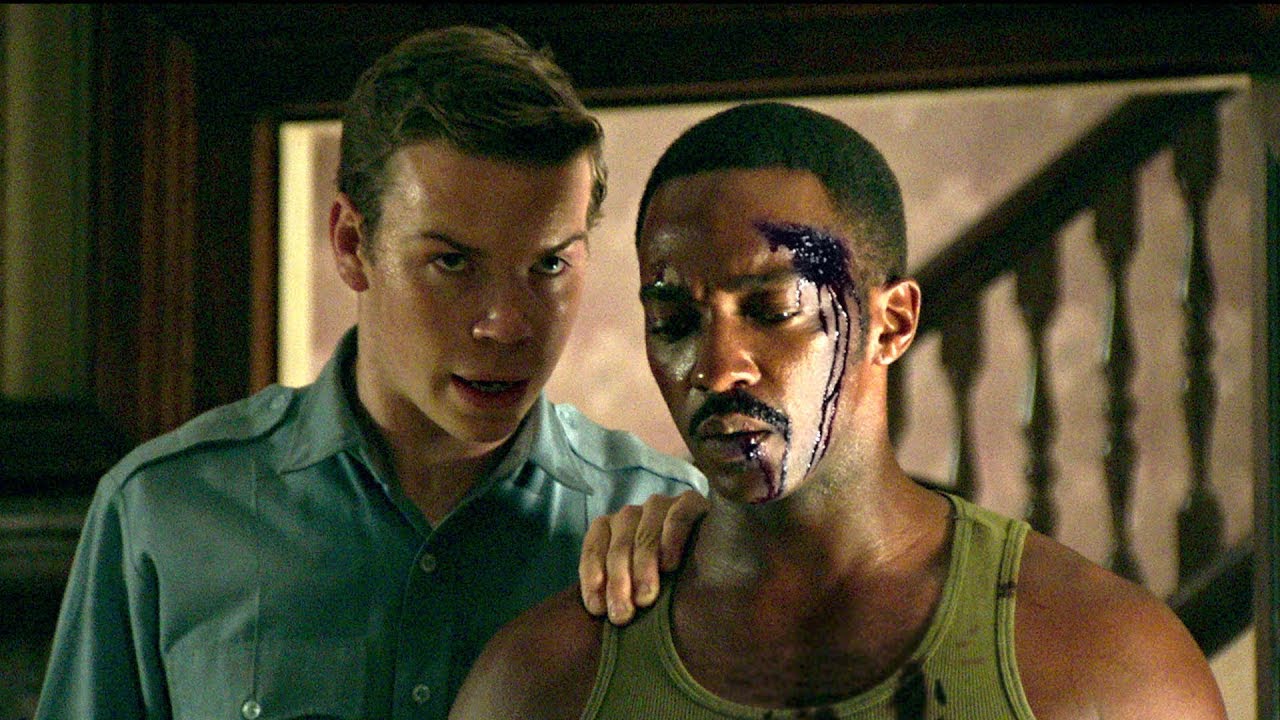
Screenwriter Mark Boal himself stated that his screenplay was inspired by the book “The Algiers Motel Incident” by John Hersey, which recounted the events on July 23th in 1967 that led up to the murder of three men during the 12th Street Riots.
At this point, it feels appropriate to disclaim that this film´s ranking on this list is not based on how accurate it portrays this real-life events. Boal even said that Hersey´s book felt incomplete due to the fact that it was released in less than a year after the murder incident. While the movie Detroit in its essence feels (positively) chaotic, it is Boal´s writing that gives the movie structure and loosely divides it into a classic “Before”, “During” and “After” sections.
The criminal events during the peculiar night are recounted with the same care as the court trial afterwards. The biggest strength of the movie, however, lies in Boal´s interpretation of the real-life personas. While some of the portrayals feel simplified at some occasions, Boal leaves certain gaps in their arc open for the audience to fill them in.
This especially applies to the character of Philip Krauss, the police officer, with whom we are never sure if we should blame the viciousness of his action to pure hate and racism, or to the enjoyment he seemed to have found in abusing his position. While Detroit will remain a controversial film, credit should be due, where credit is due.
15. On Body and Soul (Writ. By Ildikò Enyedi)
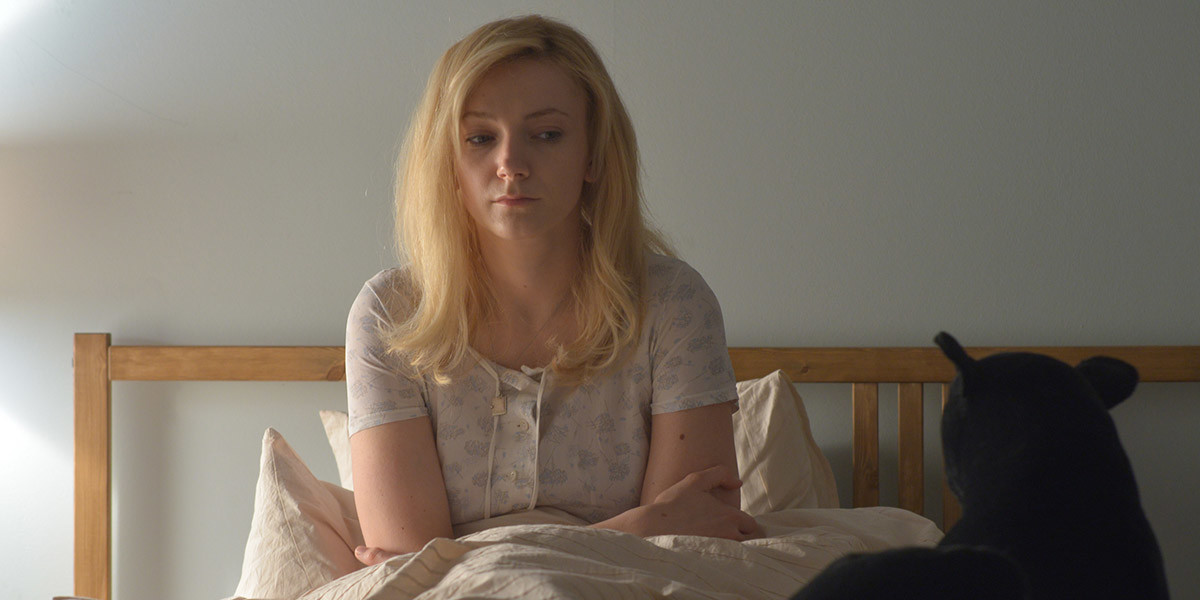
The fact that this movie won the top prize for Best Film at the Berlin Film Festival did not seem to help the fact that it is still one of the most unseen movies of 2017. Maybe its Academy Award Nomination for Best Foreign Language Film will take care of that matter, because the intimate and touching story of the Hungarian movie On Body and Soul deserves widespread attention.
Ildikò Enyedi builds a simple love story between two, in their own ways, introverted individuals that both share the same dream every night. Even after they discover this fact, it still takes them a long way to talk to one another. But emotions are irrational and uncontrollable, just like their dreams.
Certainly, this story is always on the brink on diving into sentimental kitsch, but Enyedi´s screenplay displays many dialogues of humor and soft optimism that never feel forced or out of place, but are provided in the exact right amount.
Enyedi´s script guides us through the inner and outer life of two strangers, who, while both being grown ups, still need to learn how to love. In the end, everything felt simple, but still special, like one´s own first love.